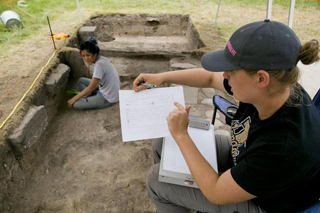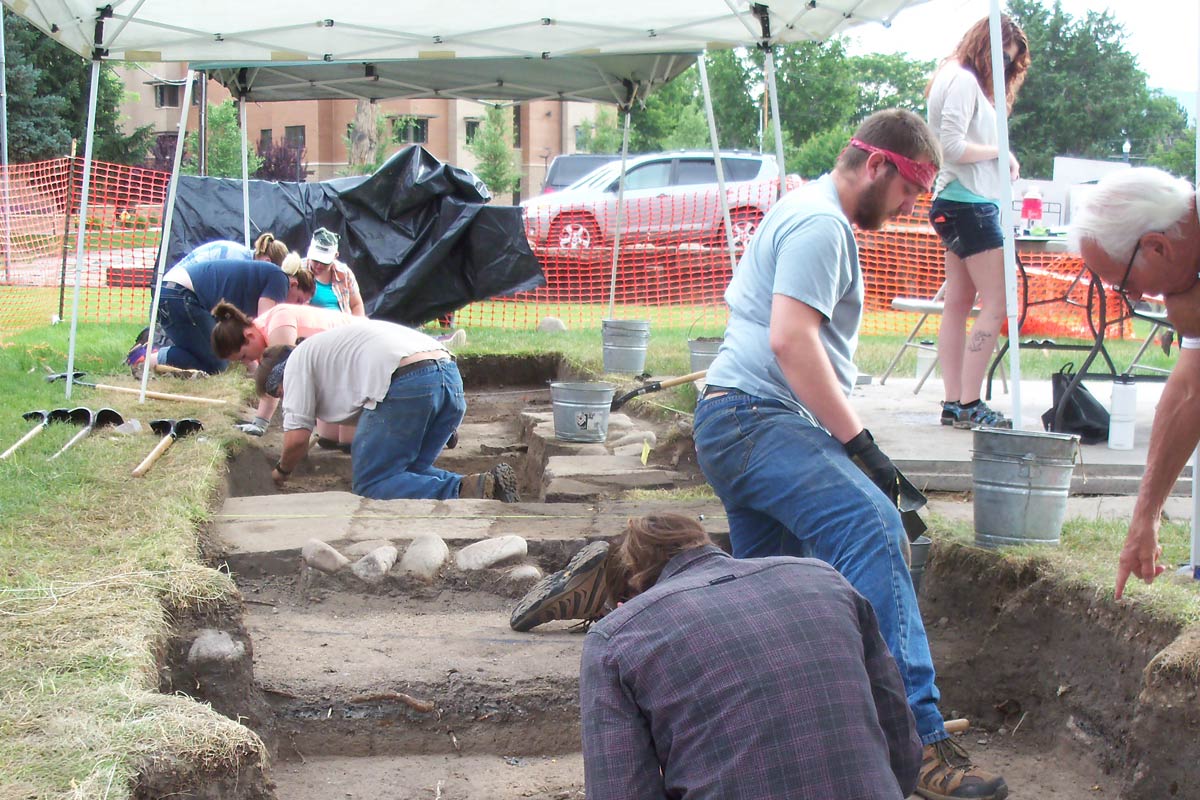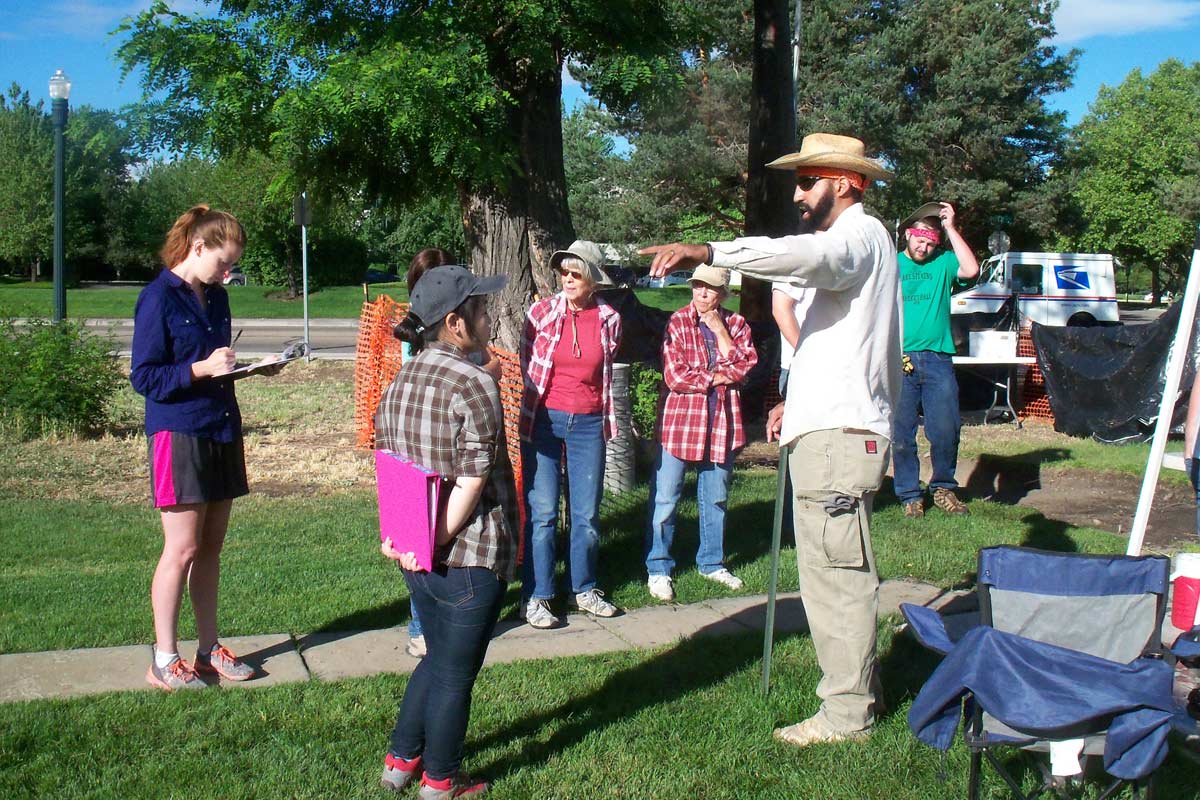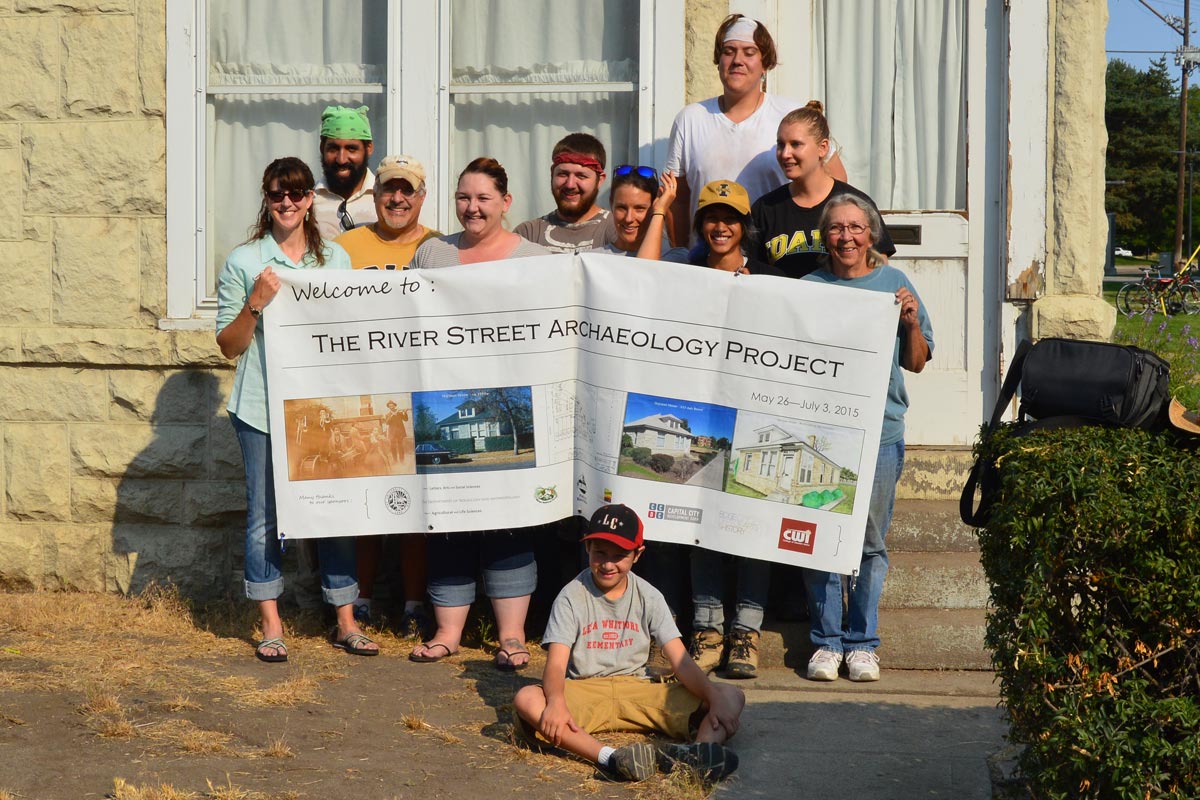Archaeological dig uncovers the ‘other side’ of Boise history

Animal bones, 13 marbles, shoe leather, ceramic shards, a cherry pitter, and the remains of what may be the oldest Basque racket court in town.
The items hint at a picture of life a hundred years ago in Boise’s River Street neighborhood just north of the Boise River. Most closely associated with the city’s African-American community, the neighborhood was in reality a more diverse one with residents from the Basque Country and from Ireland. Chinatown, too, was mere blocks away.
A common thread through the diversity: “This was a block of Boise’s relatively disenfranchised,” said Mark Warner, a professor of archaeology at the University of Idaho.
The blue-collar neighborhood is the focus of a six-week archaeological dig continuing through July 3 near the corner of Ash and River streets. Much of the dig is taking place surrounding the 108-year-old Hayman House. A black woman, Erma Hayman, bought the house in 1947 after she was denied the opportunity to buy a house on the Boise Bench. She lived in the house until her death in 2009. Her family sold the house to the Capital City Development Corp. at that time.
“The big narrative of this project is finding the remains of everyday life and people largely forgotten. Working class folks,” Warner said.
A couple of weeks in, the dig uncovered the remains of an outdoor fronton — a Basque handball court — beneath a green patch of lawn owned by Boise Parks and Recreation that faces River Street. Warner believes it may be the oldest fronton in Boise, or the oldest on record. A Sanborn fire insurance map from 1912 includes the fronton as well as scores of long-gone houses.
“But just because you have a map, it doesn’t mean something is really there,” Bill White said.
In this case, it did.
Read the rest of the story and view more photos.
- Article by Anna Webb for The Idaho Statesman | June 21, 2015
- Photos by Darin Oswald










